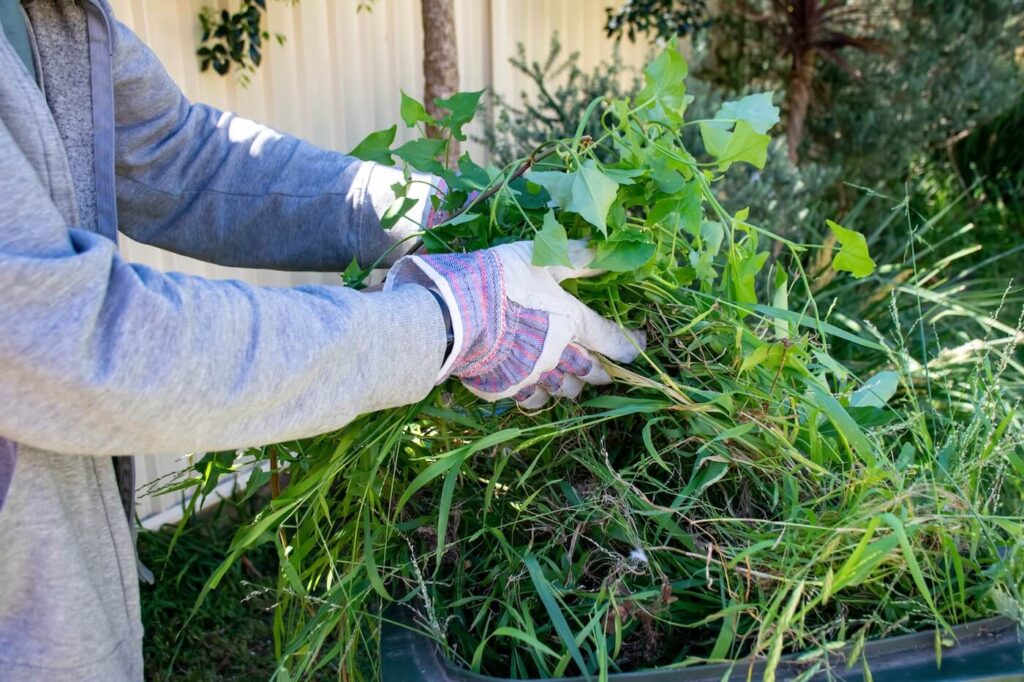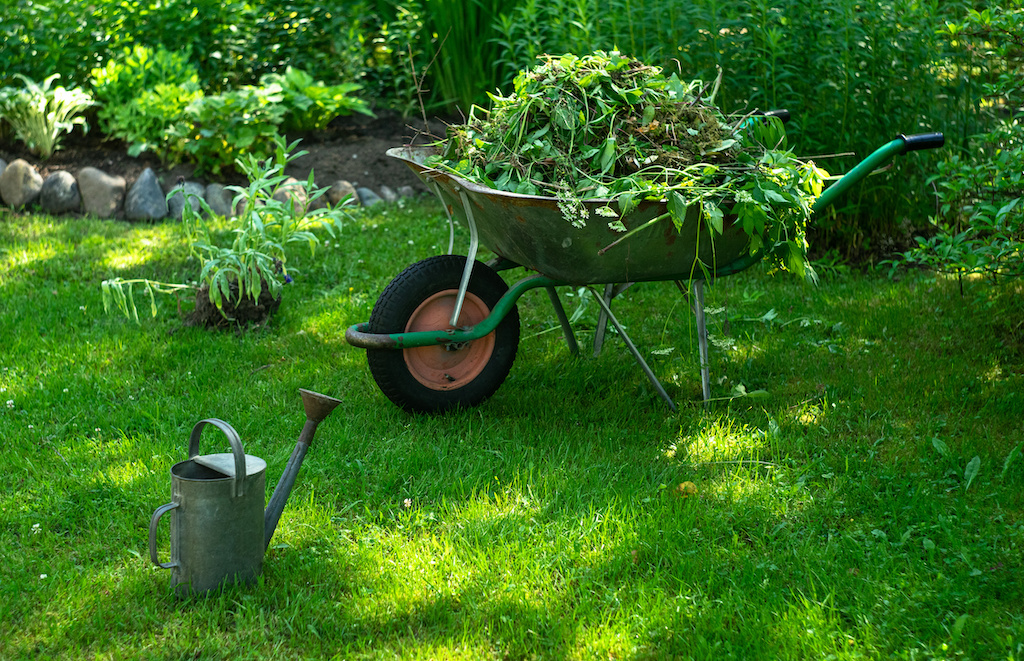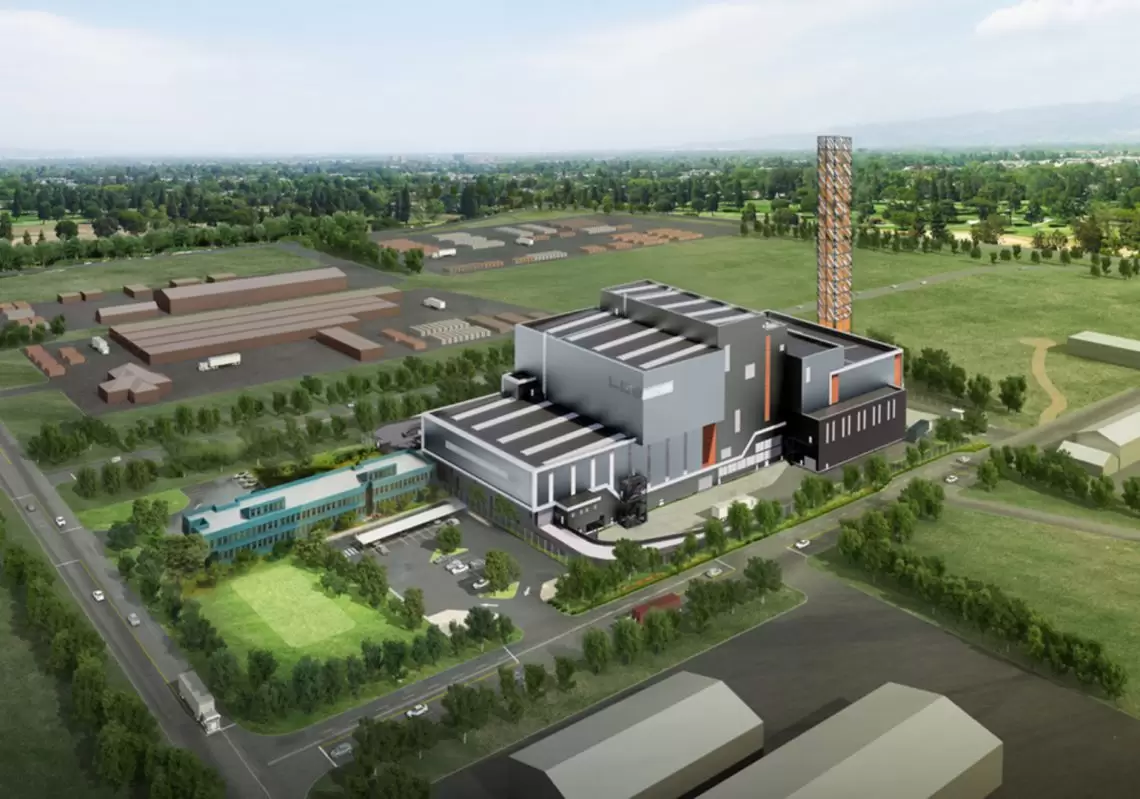Community Perspectives on Sydney Tree Services and Environmental Stewardship
How Do Community Perspectives Shape Tree Services in Sydney?
Community perspectives play a crucial role in shaping how tree services Sydney providers operate, as residents increasingly view urban trees as essential environmental assets that require shared responsibility and collaborative management. Public input helps determine policy decisions, maintenance priorities, and planting strategies across the city’s expanding green infrastructure.
The connection between Sydney residents and their urban forest demonstrates a strong environmental awareness. Locals recognise trees as more than decorative features—they represent vital components of urban health, sustainability, and community wellbeing. This growing consciousness drives demand for tree services Sydney companies to adopt transparent management practices and engage in meaningful consultation with the public.
Key aspects of community influence include:
- Active participation in tree planting initiatives and neighbourhood greening projects
- Public submissions on development applications affecting significant trees
- Requests for tree maintenance, pruning, or new plantings in local streets
- Advocacy for preserving heritage trees and expanding canopy cover
Community input proves essential for effective urban forest management. Local knowledge helps identify problem areas, potential planting sites, and trees of cultural significance that might otherwise be overlooked. Residents often notice early signs of tree stress or safety concerns, making them valuable partners in monitoring urban canopy health.
The City of Sydney’s approach to community perspectives on Sydney tree services and environmental stewardship acknowledges that successful urban forestry requires public buy-in. When residents understand management decisions and contribute to planning processes, they become active stewards rather than passive observers of their local environment.

What Policies Guide Tree Management in Sydney?
The Tree Management Policy Sydney provides a comprehensive framework that governs how the city protects, maintains, and expands its green infrastructure. This policy establishes clear guidelines for arborists, developers, and residents, ensuring every decision about trees considers their long-term value to the urban environment.
Key Principles of the Policy
The policy is built on several key principles:
- Tree Protection: The policy mandates strict assessment procedures before any tree removal, requiring detailed justification and often necessitating replacement planting. Significant trees receive special designation and protection under local environmental plans, recognizing their historical, cultural, or ecological importance to the community.
- Urban Canopy Enhancement: The strategy focuses on strategic planting initiatives across public and private land. Sydney aims to increase tree coverage through various actions such as identifying priority planting locations in underserved areas, selecting appropriate species for specific microclimates, establishing minimum canopy cover targets for new developments, and creating green corridors that connect existing tree populations.
- Balancing Benefits: The policy achieves balance by weighing ecological benefits—such as carbon sequestration and biodiversity support—against social needs like shade provision and community amenity. Economic considerations include property value enhancement and reduced urban heat island effects.
- Integrated Approach: This integrated approach ensures tree management decisions serve multiple objectives, creating resilient urban forests that deliver measurable benefits across environmental, social, and financial dimensions while maintaining public safety standards.
How Do Trees Contribute to Environmental and Social Wellbeing in Sydney?
Trees as Natural Air Purifiers
Trees function as natural air purifiers, producing oxygen whilst simultaneously trapping harmful pollutants and absorbing carbon dioxide from Sydney’s urban atmosphere. A single mature tree can produce enough oxygen for two people annually, making the ecological benefits of trees essential for maintaining breathable air quality in densely populated areas.
The Broader Environmental Impact
The environmental impact extends beyond air quality. Urban trees create microclimates that reduce ambient temperatures by up to 5°C through shade and evapotranspiration, lowering energy consumption for cooling buildings. Their root systems prevent soil erosion and manage stormwater runoff, reducing flood risks during heavy rainfall events. These benefits of trees are crucial in urban planning and development.
The Social Benefits of Trees
Social benefits manifest through improved mental health outcomes and stronger community connections. Research shows residents living near tree-lined streets report lower stress levels and higher life satisfaction. Parks and tree-covered public spaces become natural gathering points where neighbours interact, children play, and communities strengthen their bonds.
The Aesthetic and Economic Value of Trees
The aesthetic value cannot be understated. Flowering natives like jacarandas and bottlebrush create seasonal displays that define Sydney’s character, whilst established fig trees provide iconic landmarks that residents identify with their neighbourhoods. Property values typically increase by 7-15% in well-treed areas, reflecting the tangible economic recognition of these green assets.
The Connection Between Canopy Coverage and Public Health
Urban trees oxygen production directly correlates with canopy coverage, making every square metre of tree crown a measurable contributor to public health infrastructure. This underscores the importance of maintaining healthy urban forests, as highlighted in various studies such as those published in the ISA Arboriculture journal.
How Is Community Safety Addressed Through Tree Services?
Does Sydney prioritise resident safety when managing urban trees? Yes, through systematic tree risk assessment protocols and stringent removal regulations that protect both people and the environment.
Public safety forms the cornerstone of Sydney’s tree management approach. Qualified arborists conduct regular tree risk assessments to identify potential hazards such as structural defects, disease, or unstable root systems. These evaluations use standardised methodologies that measure:
- Likelihood of tree failure
- Target zones where people or property could be affected
- Severity of potential consequences
- Mitigation strategies to reduce identified risks
Tree removal regulations under local environmental plans establish strict controls that prevent unnecessary removals whilst addressing genuine safety concerns. Property owners must submit detailed applications demonstrating why removal is necessary, supported by professional arborist reports. The approval process examines whether alternative solutions—such as pruning, cabling, or bracing—could eliminate risks without losing the tree.
Community Perspectives on Sydney Tree Services and Environmental Stewardship reveal residents appreciate this balanced approach. The system prevents hasty decisions driven by convenience whilst ensuring swift action when trees pose genuine dangers. Emergency protocols allow rapid response to storm-damaged or critically unstable trees, protecting neighbourhoods without compromising long-term canopy goals.
Safety considerations extend beyond individual trees to encompass strategic placement decisions. New plantings account for proximity to buildings, powerlines, and pedestrian areas, preventing future conflicts between urban infrastructure and tree growth.
How Are Community Members Involved in Tree Services?
Sydney residents actively participate in urban forest management through structured community consultation processes that inform decision-making at every level. The City of Sydney prioritises public engagement by creating multiple channels for residents to voice concerns, share knowledge, and contribute to tree-related decisions that affect their neighbourhoods.
Tree Planting Initiatives
Tree planting initiatives welcome direct community participation through:
- Resident-initiated requests for new street trees in their local areas
- Volunteer programs that allow citizens to participate in planting events
- Neighbourhood-specific campaigns that target canopy gaps identified by residents
The city operates a transparent request system where residents can formally apply for tree planting or submit pruning requests for existing trees. Each application undergoes professional assessment to ensure compatibility with underground services, overhead utilities, and site conditions whilst respecting community preferences for species selection.
Education Programs
Education programs form a cornerstone of community involvement, offering workshops on tree care, identification guides for local species, and resources explaining the ecological value of urban forests. Residents receive advance notifications about major tree projects in their area, including planned removals, significant pruning works, or large-scale planting programs.
Public consultation periods allow communities to review proposed tree management plans, attend information sessions with qualified arborists, and provide feedback that directly influences final decisions. This collaborative approach ensures tree services reflect both professional expertise and local community values.
How Does Sydney Promote Biodiversity and Resilience in Urban Forestry?
Sydney’s urban forestry strategy focuses on [strategic planting that maximises species diversity](https://www.fairfaxva.gov/files/assets/city/v/1/sustainability/documents/UFMP_draft_October_How-do-we-get-there_GROW.pdf) across the city’s canopy. The Tree Management Policy intentionally cultivates a varied mix of both native and exotic species instead of relying on single-species plantations that make the urban forest susceptible to widespread disease or pest outbreaks.
This approach to species diversity creates multiple layers of protection. When one species faces threats from specific pests or pathogens, the diverse canopy ensures other trees continue thriving. Native eucalypts, banksias, and acacias grow alongside carefully selected exotic species like London plane trees and Chinese elms, each contributing unique characteristics to the urban ecosystem.
Selection Process for Native and Exotic Species
The selection process for native and exotic species follows rigorous criteria:
- Climate adaptability for Sydney’s subtropical conditions
- Proven pest resilience records in urban environments
- Structural integrity to withstand storms and wind events
- Contribution to habitat corridors for local wildlife
Sustainable maintenance practices reinforce this biodiversity strategy. Arborists prioritise tree health through targeted interventions that strengthen root systems, manage soil quality, and address structural weaknesses before they become critical. Regular health assessments identify early signs of stress or disease, allowing preventative care rather than reactive removal.
The city’s register of significant trees documents exceptional specimens that serve as genetic reservoirs and living examples of successful urban adaptation. These trees inform future planting decisions and demonstrate long-term viability of specific species.
What Advanced Techniques Support Sustainable Urban Forest Management?
Sydney employs cutting-edge arboricultural techniques that prioritise long-term tree health over short-term cosmetic fixes. Certified arborists use evidence-based pruning methods, root zone management, and soil health assessments to maintain structural integrity and vitality.
The city’s approach to sustainable tree maintenance centres on proactive care rather than reactive interventions. Arborists conduct regular health monitoring using:
- Crown thinning and reduction techniques that preserve natural growth patterns
- Root collar excavation to address girdling roots and soil compaction
- Advanced diagnostic tools including resistograph testing for internal decay
- Targeted nutrient management based on soil analysis
Community Perspectives on Sydney Tree Services and Environmental Stewardship strongly support this science-driven methodology. Residents appreciate that maintenance decisions stem from tree biology rather than aesthetic preferences or property views.
The significant tree register documents exceptional specimens based on age, size, historical importance, and ecological value. This database guides protection efforts and informs development applications affecting registered trees. Each entry includes detailed assessments of health status, structural condition, and cultural significance.
Arborists apply structural support systems like cabling and bracing only when necessary to preserve heritage trees. These interventions extend the lifespan of valuable specimens whilst maintaining public safety. The register currently protects hundreds of trees across Sydney, ensuring future generations inherit these living landmarks.

How Do Community Perspectives Reflect on Transparency and Environmental Stewardship?
Residents of Sydney consistently demand transparent management practices that keep them informed about decisions affecting their urban forest. The community expects clear communication about tree removals, maintenance schedules, and planting initiatives before work begins.
Public input shapes tree management outcomes across the city. Consultation processes allow residents to voice concerns, suggest planting locations, and participate in decisions that affect their neighbourhoods. This collaborative approach builds trust between council arborists and the people they serve.
Community perspectives on Sydney tree services reveal deep appreciation for the ecological benefits trees provide:
- Air quality improvement through pollutant capture
- Carbon sequestration that combats climate change
- Habitat provision for urban wildlife
- Temperature regulation during extreme heat events
Residents recognise these services as essential infrastructure rather than mere decoration. This understanding drives community commitment to environmental stewardship that extends beyond council-led initiatives.
Local tree advocacy groups actively monitor management practices, ensuring accountability and sustainable decision-making. Their involvement demonstrates how informed communities become powerful partners in urban forest conservation. Sydney’s approach proves that when residents understand the value of their urban canopy, they become its most effective guardians—demanding both ecological responsibility and open governance from those managing these vital natural assets.
Learn about: Tree Lopping Sydney as a Case Study in Human–Nature Coexistence
FAQs – Community Perspectives and Tree Services in Sydney
Residents provide input on tree planting, maintenance, and removal, helping shape policies, identify priority areas, and ensure urban trees reflect community values and environmental needs.
Trees are valued for environmental benefits like air purification, shade, and stormwater management, as well as social benefits, including mental wellbeing, neighbourhood aesthetics, and community cohesion.
The Tree Management Policy Sydney governs protection, maintenance, and planting of trees, emphasizing heritage conservation, canopy enhancement, public safety, and ecological and social benefits.
Community members participate in planting events, submit requests for new trees, provide feedback on proposed removals, and volunteer in neighbourhood greening programs, contributing directly to the urban canopy.
Qualified arborists conduct risk assessments, identify hazardous trees, and implement mitigation strategies like pruning, cabling, or removal. Emergency protocols address storm-damaged or unstable trees.
The city strategically plants a mix of native and exotic species to create diverse, resilient urban forests that resist pests, support wildlife, and maintain ecological stability.
Arborists use crown thinning, root zone management, diagnostic tools for internal decay, soil health assessments, targeted nutrient management, and structural supports like cabling and bracing when necessary.
Public consultation, notification of tree projects, and accessible information on removals or plantings foster trust and accountability between residents and tree service providers.
Trees improve air quality, reduce heat through shading, prevent soil erosion, enhance property values, support biodiversity, and contribute to mental wellbeing and community engagement.
Local knowledge helps detect early tree stress, cultural significance, and potential hazards. Engaged communities act as guardians of the urban canopy, ensuring long-term ecological and social benefits.

